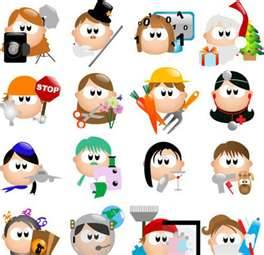Module 3 Section 2 Lesson 3: Occupational Profiles
Career Details
You’ve done self-assessments, considered the options available to you when you leave high school, and thought about the lifestyle you would like to have. It’s time to explore occupations that will help you achieve your goals.
Where do you start?
Occupation Categories
One way to investigate careers and occupations is by categorizing occupations.
For example, careers can be considered as fitting into one of the following categories:
• service • commerce • industry
• sales • technical/scientific • artistic
Some people prefer to group occupations into the following categories:
• business education • fine arts
• home economics • language arts
• industrial education • mathematics
• physical education • science
• social science and social studies • second languages
The following sources show other ways in which occupations can be grouped; no one way is necessarily better than another. Because each method of organization emphasizes a different facet of work, the categories often overlap.
Skills-Based Categorization
Occupations can be grouped according to the collection of skills needed to do them.
Some examples include the following:
• people—the abilities to work with, serve, help, amuse, or influence people
• data—the abilities to deal with facts, details, figures, records, or files
• things—the abilities to operate, repair, or build machinery or equipment
• ideas—the abilities to solve problems in innovative or artistic ways